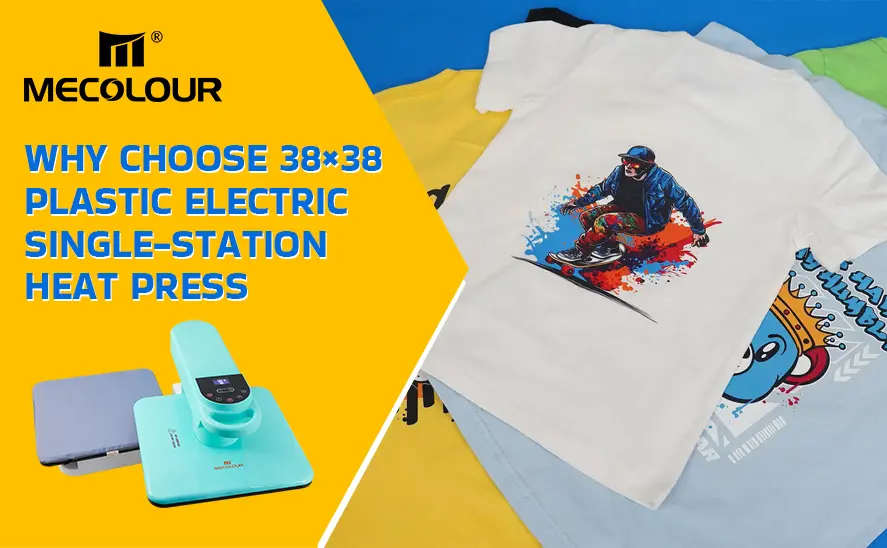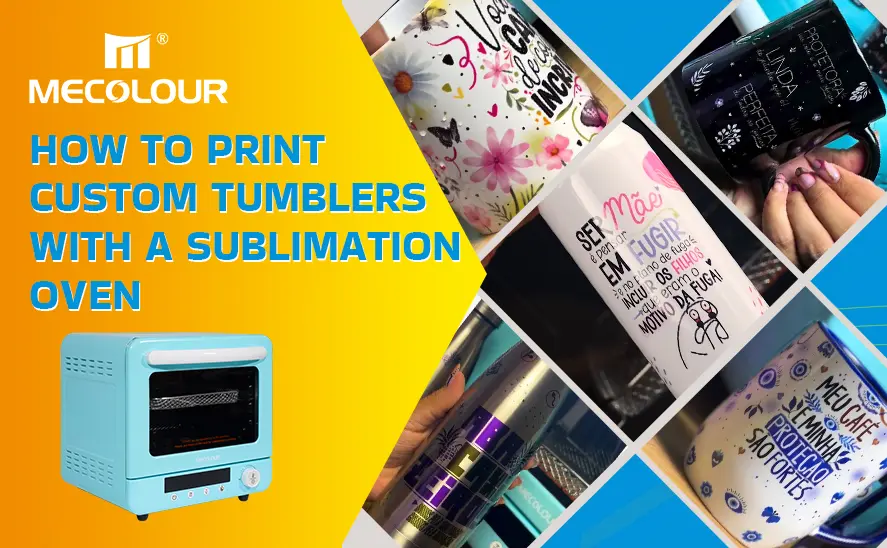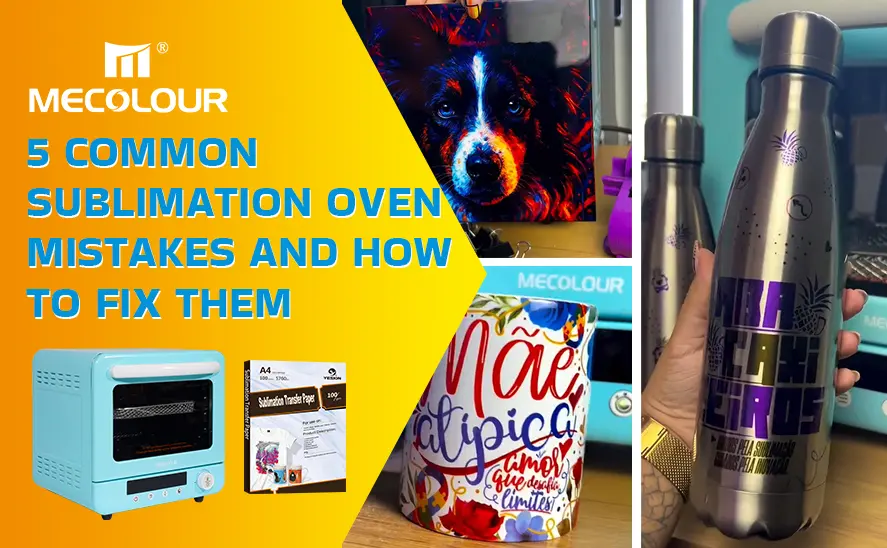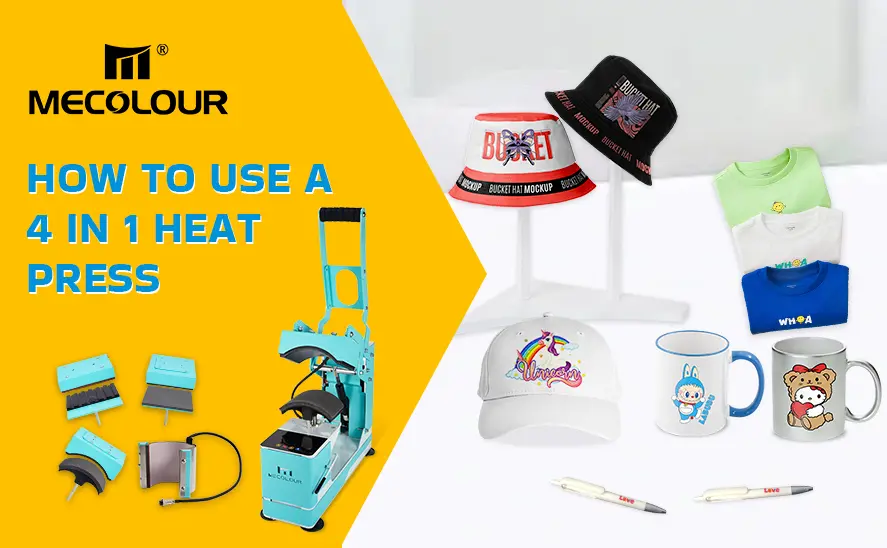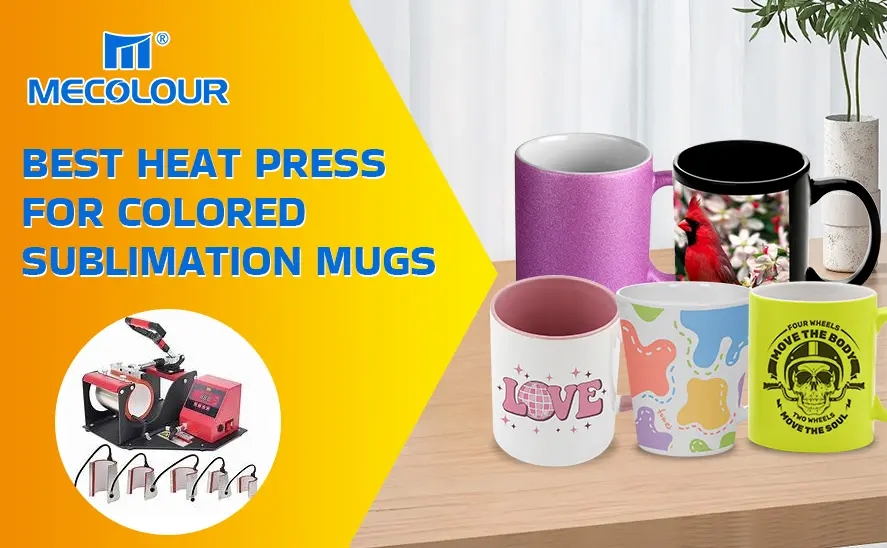
Blog
What Will Happen in Overheating Sublimation?

Sublimation is a popular printing technique used in various industries, especially in creating high-quality custom designs on fabrics, mugs, and other materials. This process requires precision and attention to detail, as even the smallest deviation can lead to undesirable results. One common problem that occurs during sublimation printing is overheating. This article explores the effects of overheating during sublimation, what causes it, and how you can avoid this issue to achieve the best results for your sublimation projects.
Understanding Sublimation Printing
Sublimation printing is a process in which heat and pressure are used to transfer dye onto materials like polyester fabrics, ceramics, and metals. The sublimation dye is in a gaseous form when heated, and it bonds with the fabric or material at a molecular level, ensuring vibrant, long-lasting prints.
The key factors that influence the success of sublimation printing include temperature, time, and pressure. Any disruption in these factors can lead to poor-quality prints, and overheating is one of the most common issues that can arise during this process.
The Impact of Overheating Sublimation
Overheating occurs when the temperature used during sublimation exceeds the optimal range, which typically ranges from 375°F to 400°F (190°C to 204°C), depending on the material being used. The effects of overheating can vary, but they generally lead to several key issues, including:
1. Blurred or Distorted Images
One of the first signs of overheating in sublimation printing is blurry or distorted images. When the heat is too high, it can cause the dye to expand and spread too quickly. This results in a loss of sharpness and detail in the design. The colors may also become uneven, leading to an overall poor-quality print.
2. Color Shifting
Sublimation printing relies on accurate color reproduction. Overheating can cause color shifting, which means that the colors of the printed design do not match what was intended. This can result in a washed-out or overly saturated print, which may not be ideal, especially for items that require precise color matching.
3. Fabric Damage
Overheating can also lead to physical damage to the substrate, particularly when printing on fabrics. High temperatures can cause fabrics to warp, shrink, or burn. In extreme cases, the material may melt, especially if it is not designed to handle high heat. This not only ruins the print but also renders the material unusable for future sublimation projects.
4. Ghosting or Image Bleeding
Ghosting occurs when a faint, secondary image appears on the print, often in places where it shouldn’t be. This is caused by excess heat causing the dye to migrate beyond the intended area. Similarly, image bleeding can happen when the dye spreads too much, leading to unintended smudges or discoloration around the edges of the design.
5. Substrate Warping and Uneven Pressing
Excessive heat can cause the substrate, whether it’s fabric, a mug, or a metal sheet, to warp. Warping can prevent the sublimation transfer from adhering evenly across the material, resulting in areas of the print that are either too light or too dark. This problem is particularly noticeable in items with intricate shapes or materials that are sensitive to temperature.
Why Does Overheating Happen in Sublimation Printing?
Overheating during sublimation printing can happen for several reasons. Some of the most common causes include:
1. Incorrect Temperature Settings
One of the most straightforward reasons for overheating is setting the temperature too high on your heat press or sublimation oven. It’s essential to follow the manufacturer’s guidelines for the ideal temperature, as different substrates have different temperature requirements.
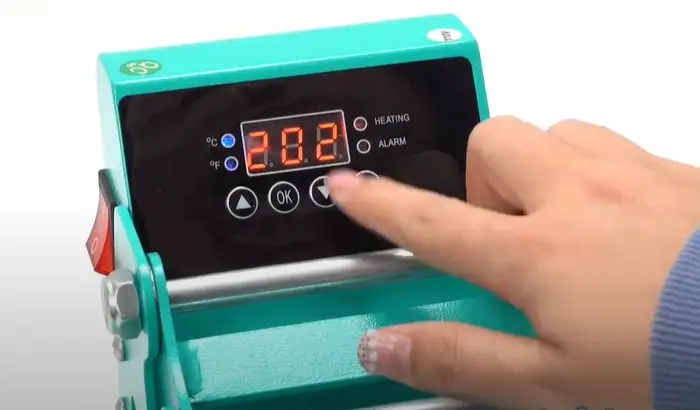
Temperature and time settings
2. Long Pressing Time
Another common cause of overheating is leaving the material under heat for too long. The sublimation process typically takes between 30 seconds to 3 minutes, depending on the substrate and equipment. If the time is exceeded, even if the temperature is correct, it can still result in overheating.
3. Inconsistent Pressure
Sublimation printing requires consistent pressure to ensure the design transfers evenly. If the pressure is too high or uneven, it can cause excessive heat to be applied to certain areas of the material, leading to overheating and poor results.
4. Poor Heat Press Calibration
If your heat press is not properly calibrated, the temperature may not be uniform across the platen. This can cause some areas of the material to receive more heat than others, resulting in overheating. Regular maintenance and calibration of your heat press can prevent this issue.
Related:
Essential Tumbler Heat Press Care Tips
5. Using Low-Quality or Improper Substrates
Some materials are more sensitive to high temperatures than others. If you are using low-quality or incompatible substrates, they may not handle the heat well, leading to warping or burning during the sublimation process. Always ensure that your materials are specifically designed for sublimation printing.
How to Avoid Overheating During Sublimation Printing
Avoiding overheating during sublimation is crucial to achieving high-quality prints. Here are some practical tips to ensure you don’t overheat your materials:
1. Set the Correct Temperature and Time
Always double-check the recommended temperature and time for the material you are printing on. If you’re using a heat press, ensure that the temperature is accurately set, and use a thermometer to confirm the readings.
2. Use a Timer
To avoid overheating, use a timer to ensure that the sublimation press doesn’t remain on the material longer than necessary. Timing is critical, especially when working with delicate fabrics or substrates.
3. Calibrate Your Heat Press Regularly
Regular calibration of your heat press ensures that the heat is applied evenly across the material. This reduces the risk of hotspots and overheating in certain areas. Follow the manufacturer’s instructions for calibration, and perform this task periodically to maintain optimal performance.
4. Invest in Quality Sublimation Materials
Using high-quality, compatible substrates will ensure that your materials can handle the heat without warping or melting. Make sure to source your substrates from reputable suppliers that offer products specifically designed for sublimation printing.
5. Monitor Pressure Settings
Adjust the pressure settings on your heat press to ensure they are consistent across the entire platen. Uneven pressure can lead to overheating in certain areas, so always check that the pressure is appropriate for the type of material you’re using.
Overheating is a common issue in sublimation printing that can lead to a variety of problems, including distorted images, color shifting, fabric damage, and ghosting. By understanding the causes of overheating and implementing best practices, such as correct temperature settings, timing, calibration, and using high-quality materials, you can avoid these issues and ensure successful sublimation prints every time.
Related:
How to Choose the Right Transfer Paper for Mug Printing
How to Clean Heat Press: A Comprehensive Guide


